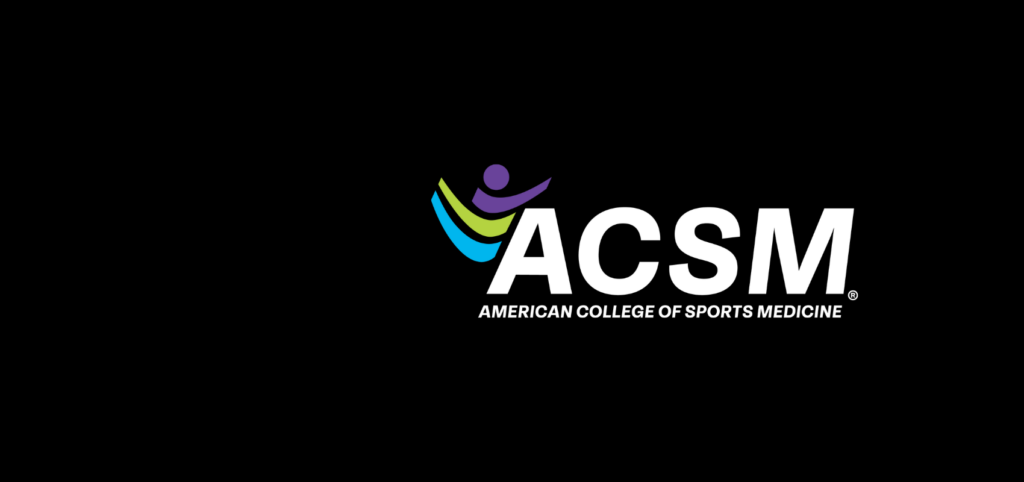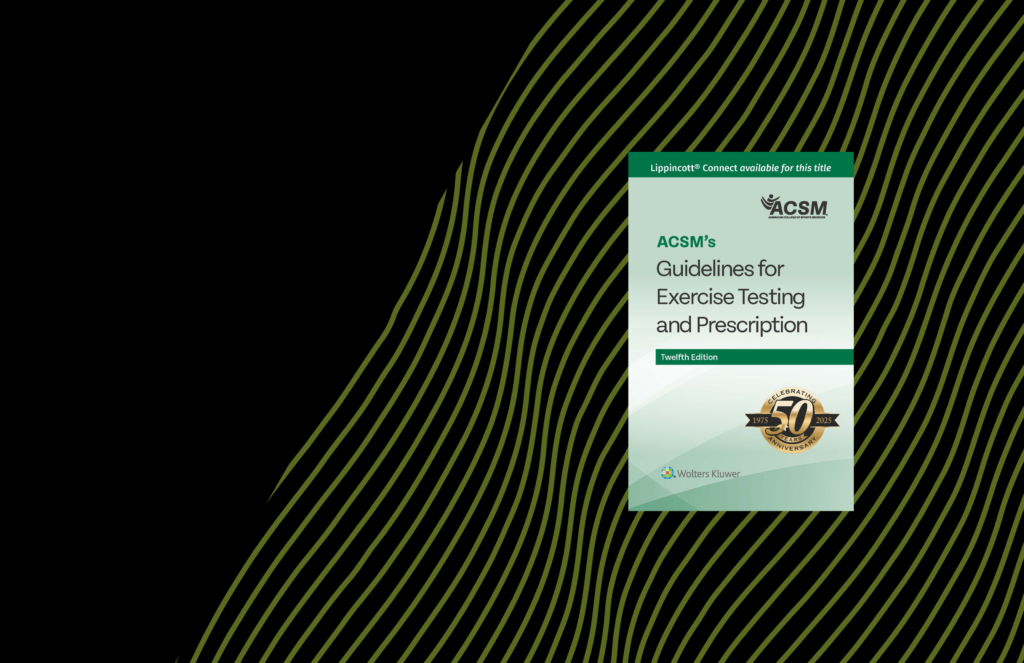Clinical Highlights from Current Sports Medicine Reports | Q1 2025

Happy April and welcome to the highlights and review of the AMAZING material published over the last quarter in Current Sports Medicine Reports (CSMR). See you in Atlanta! From time-to-time CSMR publishes Invited Commentaries. I’ve highlighted an important Invited Commentary from this past quarter below: Rural-Nonrural Disparities in Sports Medicine Access in Secondary School Athletics […]
ACSM Strategic Plan Update: Great Progress and Momentum

By Heather Chambliss, PhD, FACSM, Strategic Planning Committee Chair The Strategic Planning Committee (SPC) continues to lead the implementation and tracking of ACSM’s five bold goals with measurable progress across key areas. In 2024, ACSM achieved solid momentum. Out of 125 total tactics, 24 have been completed, reflecting a 19% overall completion rate. An additional […]
Preparing Pediatric Sports Medicine Professionals

Drs. Duckworth and Lo discuss the vital role of preparing the next generation of pediatric sports medicine professionals.
ACSM Announces Paper of the Year Awards for Scientific Journals

The American College of Sports Medicine® (ACSM) has announced its Paper of the Year selections for each of its six highly acclaimed scientific journals. As the leader in advancing sports medicine and exercise science research, ACSM’s annual Paper of the Year award recognizes the demonstrated scientific, scholarly significance and overall impact of an article published […]
ACSM Certification Exams to Reflect GETP 12 Effective July 10, 2025

As part of ACSM Committee on Certification and Registry Board’s (CCRB) ongoing commitment to professional standards, practice, and scientific integrity, all ACSM certification exams will reflect the 12th edition of the ACSM’s Guidelines for Exercise Testing and Prescription (GETP 12) beginning July 10, 2025. While GETP 12 incorporates the latest scientific evidence and refinements in […]
House Approves Budget Resolution, NIH Leadership and Grant Review Updates

Updates on potential Congressional tax cuts and spending reductions, progress on Jay Bhattacharya’s vetting for NIH directorship, and the resumption of NIH’s grant review meetings.
Sit Less, Move More, and Exercise: The Reasons Why

You can’t out-run a sedentary lifestyle. New research shows that light-intensity physical activity is an important part of your routine for health.
Essential Recovery Strategies for Young Athletes

Dr. Rebold shares expert insights on effective recovery strategies and discusses how to maintain a balanced approach to training and rest.
ACSM Celebrates Women’s History Month

Women’s History Month (March) commemorates and encourages the study, observance and celebration of the vital role of women in American history. To celebrate this month, we encourage you to read about some inspiring women who have made significant impacts to the fields of exercise science, sports medicine and fitness. These ACSM members and their stories […]
A Legacy of Mentorship, Research, and Leadership in Exercise Science: Linda S. Pescatello, PhD, FACSM, FAHA

Dr. Linda Pescatello’s contributions to the field of exercise science and to ACSM have been significant. Learn about her legacy of leadership and mentorship.
